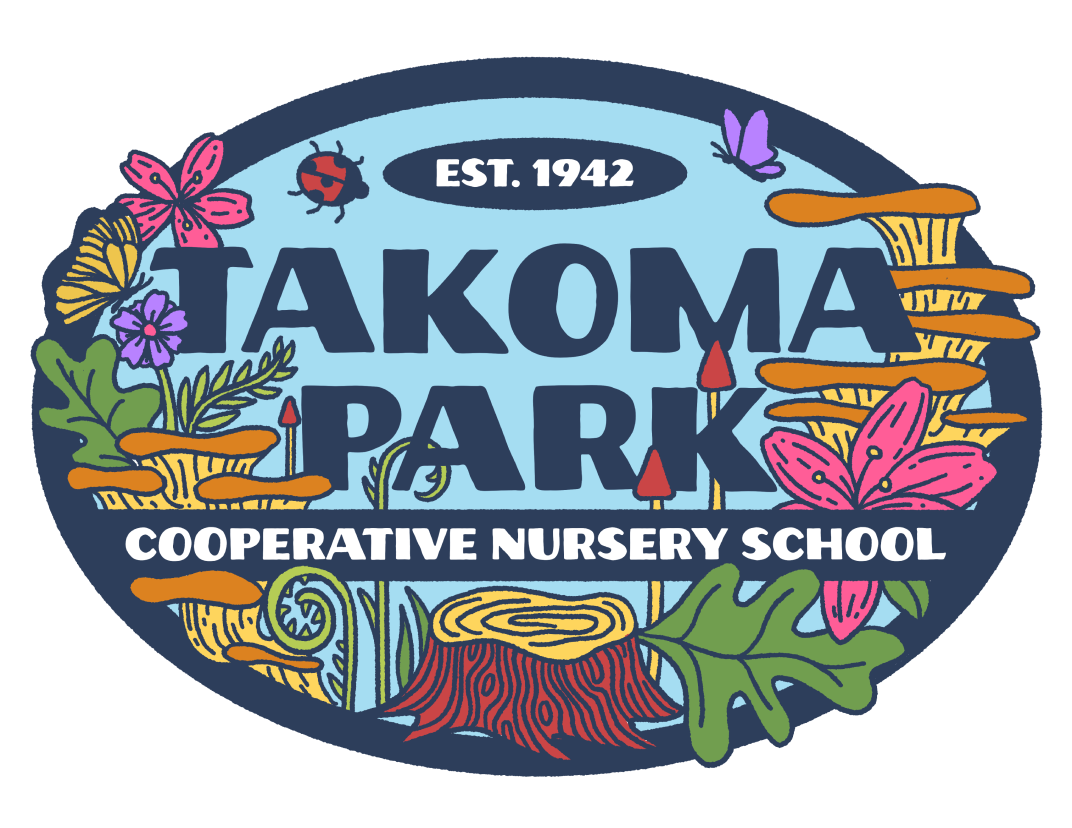
Water (and Mud) Studies
The children are playing, imagining, and living outside and all the while the gaining real-life skills. Realia (thank you Froebel) refers to real-life objects, environments, or experiences used in education to make learning more meaningful and tangible. In early childhood, realia goes beyond pictures or simulations—it means children engage directly with the physical world to construct understanding.

Drawing With Children
At some point, drawing gets a socially-constructed connection with artistic ability and expression. At about the ages of 7 or 8, children will begin to sort themselves into those “good at art” and those “not good at art.” An underlying theme is the inability to draw and drawing. This is carried into adulthood and muddies adults’ impressions about how to support this form of communication.

Today We Learned . . .
Partnerships and mentorships are essential components of our practice. Educators learn from and teach each other. Our program is improved, our children, teachers, and parents benefit, and in turn we share what we have learned with others.

The Pillbug
Our first three customers, glanced up and over their sand stirring and scooping at the insect perched on the Queen's palm and said in answer to "What do you call this?" "Bug." "Bug." "Worm."

A view from the bridge
We can easily argue that this time spent outdoors, actively looking for the story nature leaves for us to read along the creek is better than any teacher-manufactured activity in a classroom. If this is kindergarten preparedness, give me a heaping dose of it every single day.
